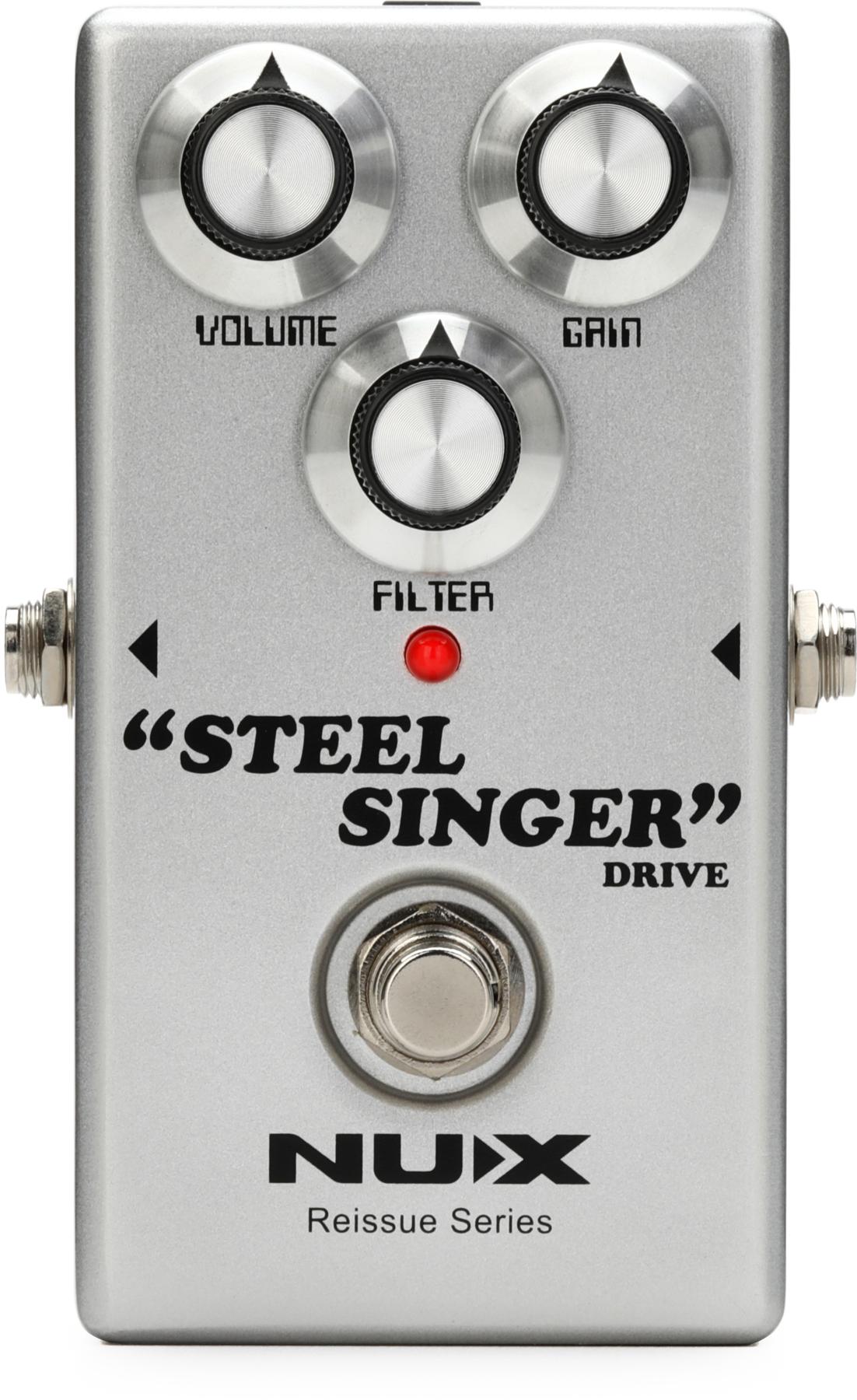Portland, OR (March 1, 2018) -- The Mercury IV is a dynamic tone enhancer created to bring out additional harmonic character from instruments and amplifiers. The pedal features a unique, discrete analog circuit, with a meticulously selected vintage germanium transistor at its heart.
The boost control of the Mercury IV offers a staggering 35 dB of gain, with nine tone-shaping options to gently or aggressively boost tube amplifiers. The real magic however, resides in the harmonics control; bringing more dimension and life to ones’ tone. Subtle sparkle, complex textures, and octave-like overtones can all be found here. With a sound and response like hot tubes on the edge of breakup, these even-order harmonics are independently generated, giving you full control over the mix.
Features:
- 35 dB of boost on tap
- Nine tone combinations via two three-position Bass & Treble toggle switches
- Independently generated even-order Harmonics, blend-able with your dry signal
- Vintage Germanium transistor at its heart
- Five signed and numbered Limited Editions: Chrome, White, Brass, Black and Silver
- Completely hand-soldered and hand-wired by craftsmen in Portland, Oregon
- Heavy duty engraved vinyl faceplate
- Unique, discrete all-analog circuit
- Large “jewel” indicator light
- True-Bypass switching
Silver Edition: $299
Watch the company's video demo:
For more information:
Spaceman Effects












![Rig Rundown: Russian Circles’ Mike Sullivan [2025]](https://www.premierguitar.com/media-library/youtube.jpg?id=62303631&width=1245&height=700&quality=70&coordinates=0%2C0%2C0%2C0)













